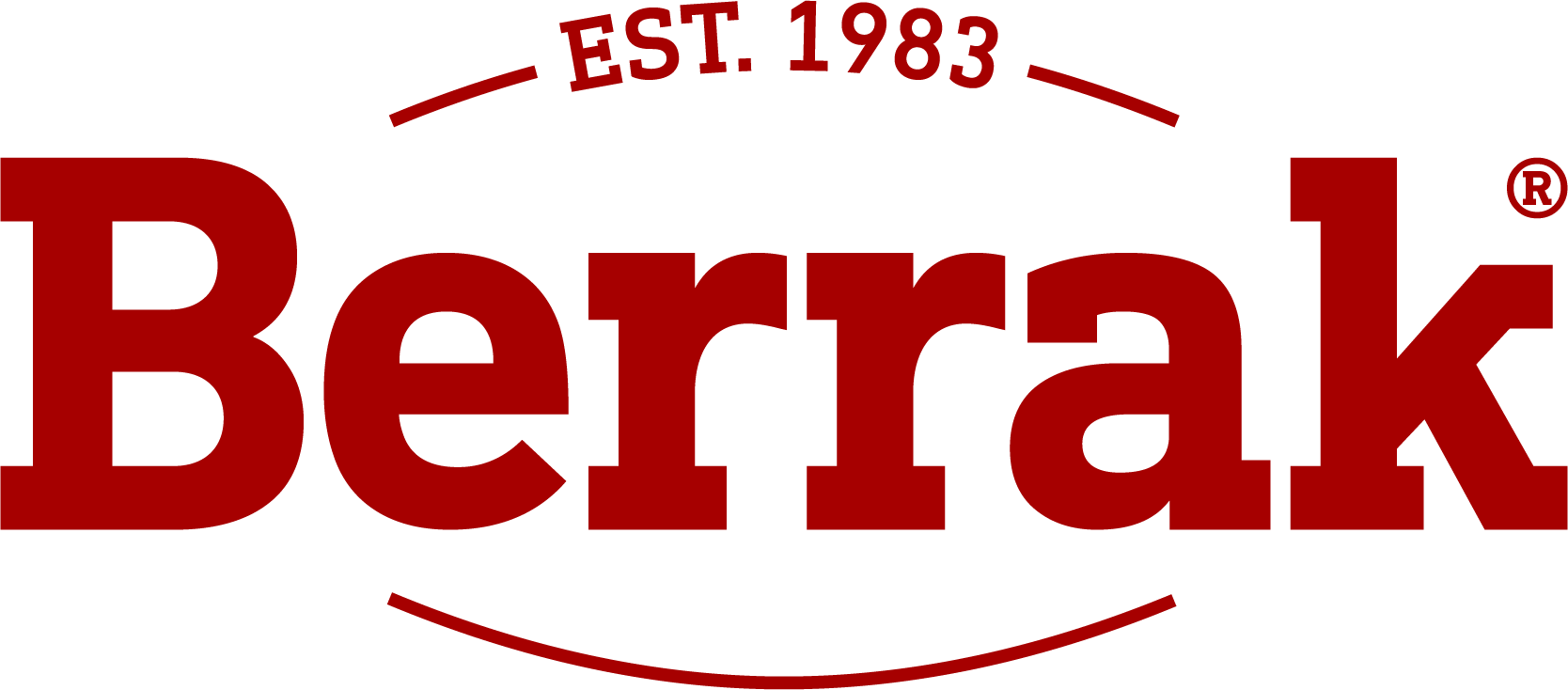In the modern world, awareness of climate change and sustainability is increasing day by day. In parallel, brands and institutions began to clarify their sustainability approaches and strategies to exist in more harmony with nature.
One of the pioneers of this important movement is Berrak. Berrak, which has been operating in the food industry for more than 35 years, adopts an approach that exceeds consumer expectations and not only offers quality products but also adopts the vision of supporting a future in harmony with nature and society.
One of the most obvious reflections of this vision is the company’s strategy to reduce its carbon footprint. In this article, Berrak’s path in this regard, the innovative methods they implemented, and the steps they took for sustainability will be discussed in detail.
What is Carbon Footprint?
Carbon footprint is a term that describes the total amount of carbon dioxide (CO2) released into nature by individuals, institutions, products, or activities. This definition includes greenhouse gas emissions released into the atmosphere by burning fossil fuels, industrial activities, vehicle use, energy consumption, and many other activities.
The main purpose of the carbon footprint is to identify the sources and amounts of CO2 emissions directly associated with global warming and climate change. Thus, individuals or institutions can determine strategies to reduce their carbon footprint by reviewing their energy consumption habits and changing these habits when necessary.
Why is it important to reduce the carbon footprint?
Because carbon dioxide released into the atmosphere creates a greenhouse gas effect, which increases the temperature of the earth, this increase in temperature leads to various environmental problems, such as melting glaciers, sea level rise, and extreme weather events. Measuring carbon footprints helps not only individuals or institutions, but also countries, track their CO2 emissions. This information is of critical importance for determining strategies at national and international levels to combat climate change.
Precautions the Food Industry Should Take for a Green Future
The food industry provides nutritional resources to consumers around the world but also causes significant natural resource consumption and environmental impact in the process. In building a green future, it is inevitable for the food industry to embrace sustainability and take measures accordingly.
First of all, sustainable agricultural practices need to be encouraged. Practices such as minimizing the use of chemical fertilizers and pesticides, supporting natural cycles, and protecting soil health are important steps to be taken in this field. Secondly, strategic planning should be made at every stage of the supply chain to reduce food waste. Preventing waste in the process from production to consumption both optimizes resource use and reduces carbon emissions.
Effective and conscious use of water resources is also of great importance. Especially by optimizing irrigation methods, water consumption can be reduced and the productivity of cultivated areas can be increased. Finally, the use of renewable energy sources can reduce the carbon footprint by increasing energy efficiency in food production and processing processes.
Protecting Natural Resources with Smart Irrigation Technology
Water is one of the most critical resources for the continuation of life. Effective and conscious use of water in agricultural processes plays a major role in reducing the carbon footprint. As Berrak, we equip our farmers with drone-supported smart irrigation technology. In this way, we maximize the productivity of the soil and products while keeping our water consumption to a minimum.


